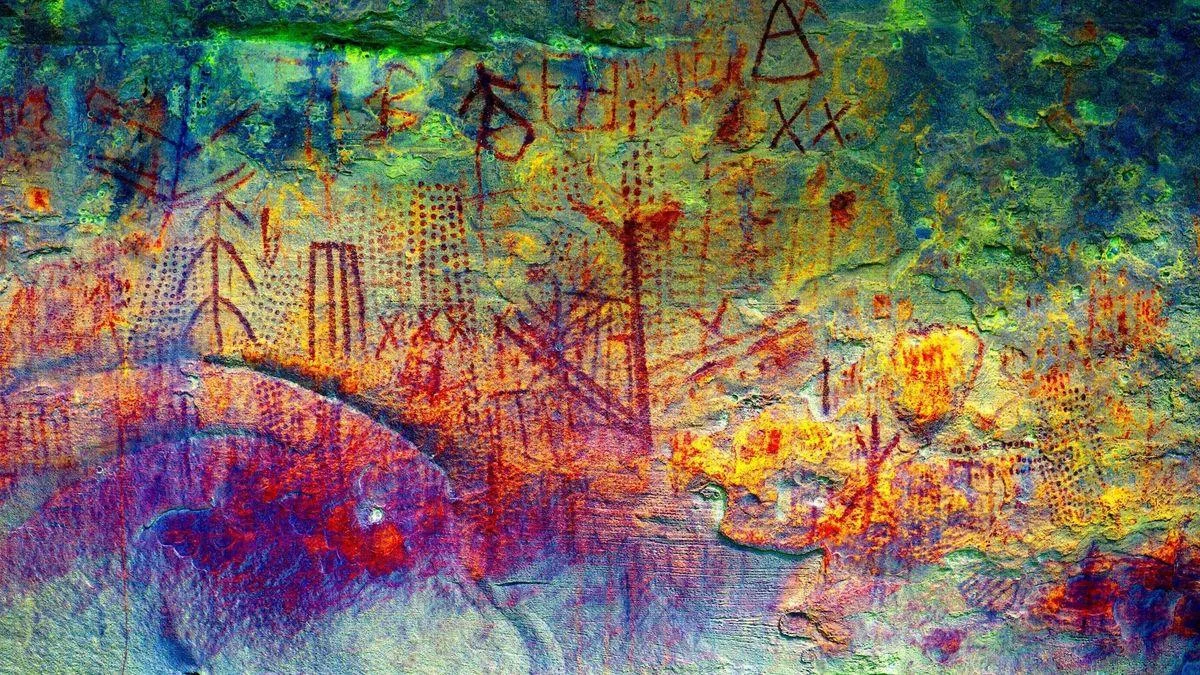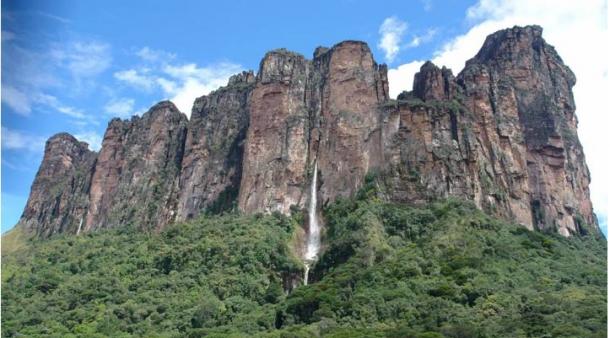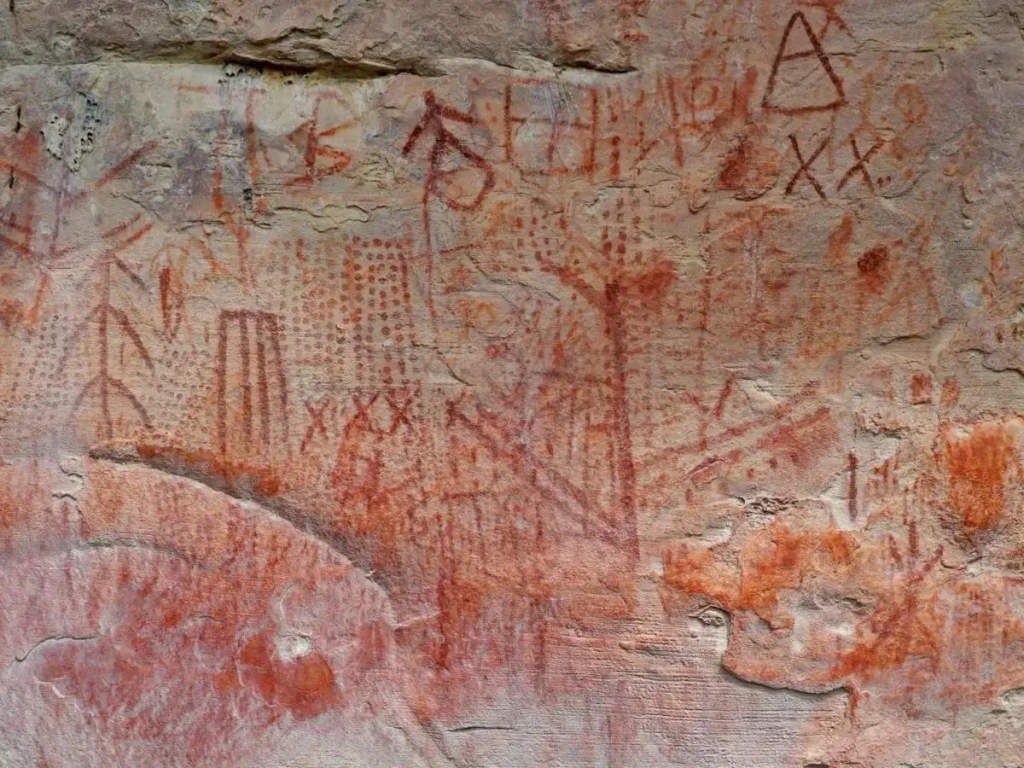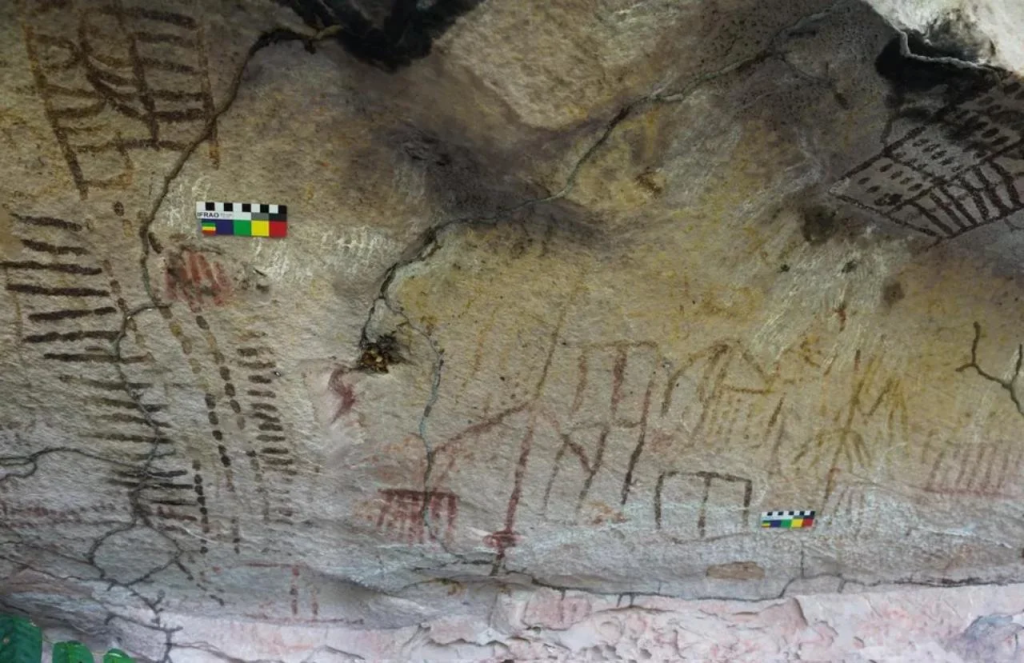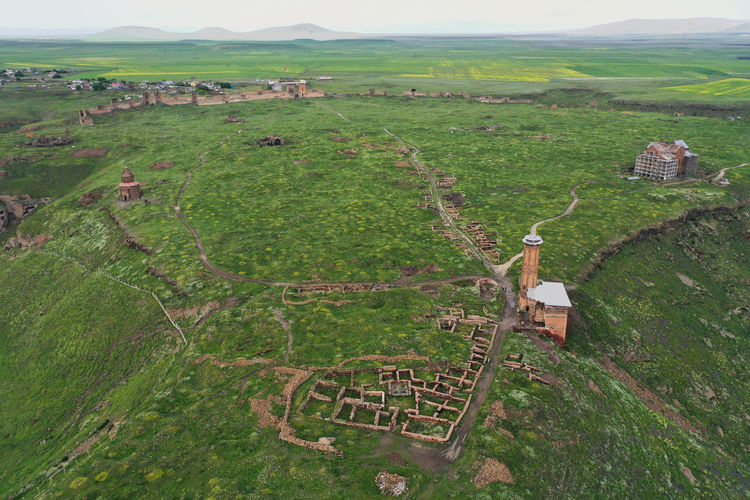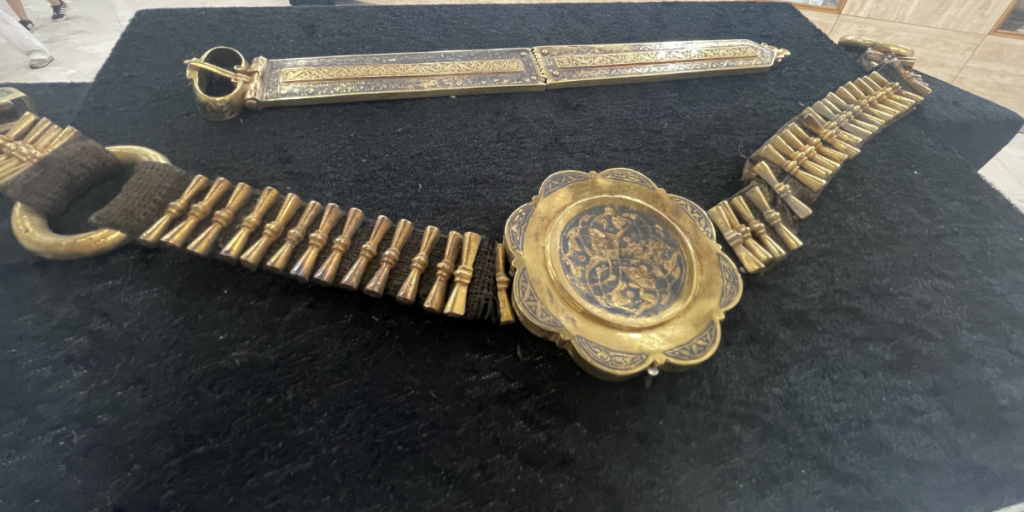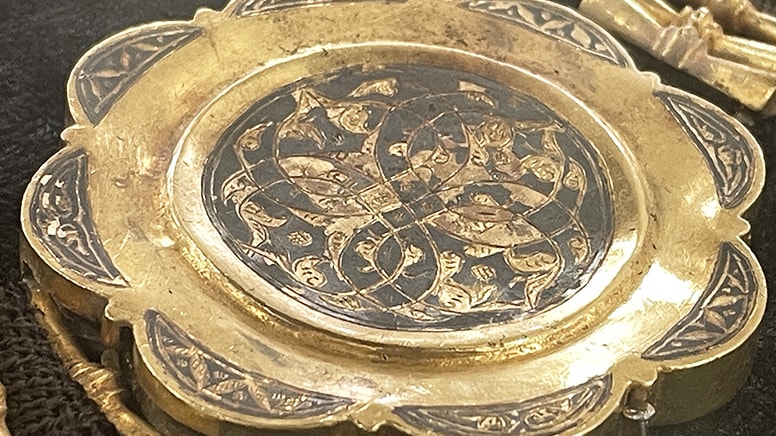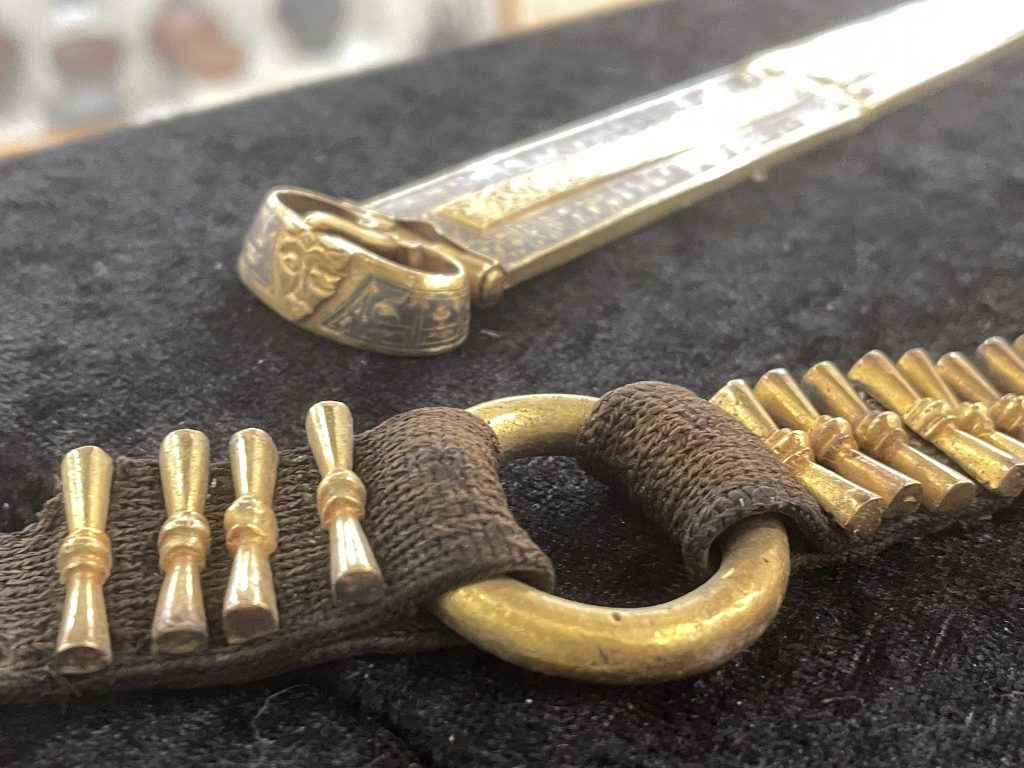EAT UP! —
Egalitarian oddity found in the Neolithic
Men, women, and immigrants all seemed to have similar dietary inputs.
ELIZABETH RAYNE - 7/6/2024,
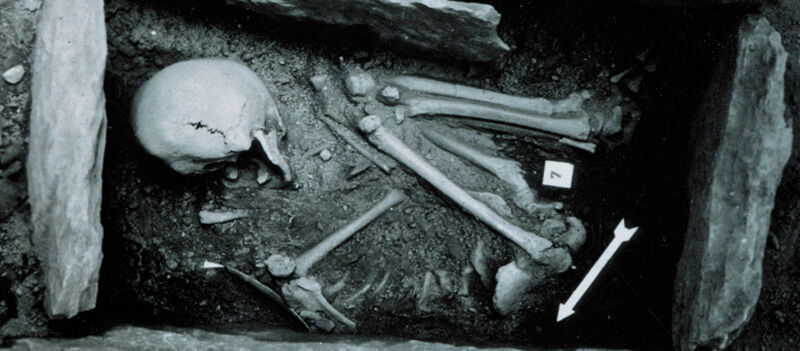
Enlarge / A skeleton found during 1950's excavations at the Barman site.
Université de Genève68
Did ancient people practice equality? While stereotypes may suggest otherwise, the remains of one Neolithic society reveal evidence that both men and women, as well as locals and foreigners, were all equal in at least a critical aspect of life: what they ate.
The Neolithic saw the dawn of agriculture and animal husbandry some 6,000 years ago. In what is now Valais, Switzerland, the type and amount of food people ate was the same regardless of sex or where they had come from. Researchers led by Déborah Rosselet-Christ of the University of Geneva (UNIGE) learned this by analyzing isotopes in the bones and teeth of adults buried in what is now called the Barmaz necropolis. Based on the 49 individuals studied, people at the Barmaz site enjoyed dietary equality.
“Unlike other similar studies of Neolithic burials, the Barmaz population appears to have drawn its protein resources from a similar environment, with the same access to resources for adults, whether male or female,” the researchers said in a study recently published in the Journal of Archaeological Science: Reports.
Down to the bone
To determine whether food was equal among the people buried at Barmaz, Rosselet-Christ and her team needed to examine certain isotopes in the bones and others in the teeth. Certain types of bone either do or do not renew, allowing the content of those bones to be associated with either someone’s place of birth or what they ate in their last years.
Being able to tell whether an individual was local or foreign was done by analyzing several strontium isotopes in the enamel of their teeth. Tooth enamel is formed at a young age and does not self-renew, so isotopes found in enamel, which enter it through the food someone eats, are indicative of the environment that their food was from. This can be used to distinguish whether an individual was born somewhere or moved after the early years of their lives. If you know what the strontium ratios are at a given site, you can compare those to the ratios in tooth enamel and determine if the owner of the tooth came from that area.
While strontium in tooth enamel can give away whether someone was born in or moved to a certain location at a young age, various isotopes of carbon, nitrogen, and sulfur that also come from food told the research team what and how much people ate during the last years of their lives. Bones such as the humerus (which was the best-preserved bone in most individuals) are constantly renewed with new material. This means that the most recently deposited bone tissue was put in place rather close to death.
Something for everyone
Near the valley of the Rhone River in the Swiss Alps, the Barmaz necropolis is located in an area that was once covered in deciduous forests that villages and farmland replaced. Most of the Barmaz people are thought to be locals. The strontium isotopes found in their teeth showed that only a few had not lived in the area during the first few years of their lives, when the enamel formed, though whether other individuals moved there later in life was more difficult to determine.
Analysis of the Barmaz diet showed that it was heavy on animal protein, supplemented with some plant products such as peas and barley. The isotopes analyzed were mostly from young goats and pigs. Based on higher levels of particular carbon and nitrogen isotopes found in their bones, the researchers think these juvenile animals might not have even been weaned yet, which means that the people of this agrarian society were willing to accept less meat yield for higher quality meat.
Rosselet-Christ’s most significant find was that the same median fractions of certain carbon, nitrogen, and sulfur isotopes were found in the bones of both men and women. Whether these people were local or foreign also did not matter—the values of these isotopes in those with different strontium isotope content in their tooth enamel was also the same. It seems that all adults ate equal amounts of the same foods, which was not always the case in Neolithic societies.
“The individuals buried at Barmaz—whether male or female—appear to have lived with equal opportunities, painting a picture of a society with egalitarian reflections,” the research team said in the same study.
Other things in this society were also equal. The dead were buried the same way, with mostly the same materials, regardless of sex or if they were locals or foreigners. While a society this egalitarian is not often associated with Neolithic people, it shows that some of our ancestors believed that nobody should be left out. Maybe they were much more like us than we think.
Journal of Archaeological Science: Reports, 2004. DOI: 10.1016/j.jasrep.2024.104585
ELIZABETH RAYNE is a creature who writes. Her work has appeared on SYFY WIRE, Space.com, Live Science, Grunge, Den of Geek, and Forbidden Futures. She lurks right outside New York City with her parrot, Lestat. When not writing, she is either shapeshifting, drawing, or cosplaying as a character nobody has ever heard of. Follow her on Threads and Instagram @quothravenrayne.
